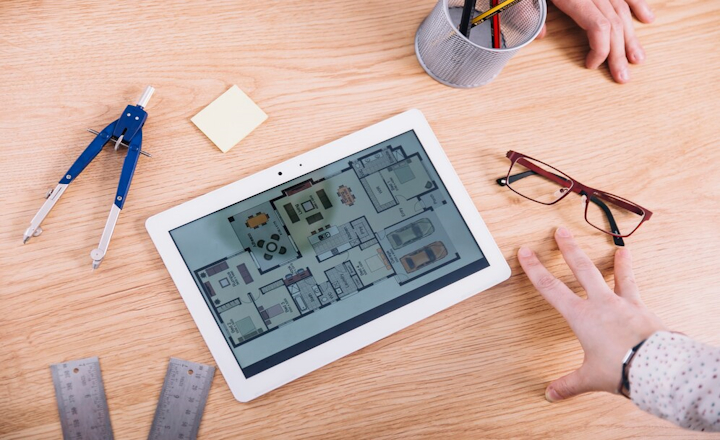
In recent years, the construction industry has seen a significant shift toward innovative building methods, with prefabrication and modular construction emerging as game-changing trends. These approaches are reshaping how projects are designed, built, and delivered, offering a range of benefits that align with the modern emphasis on efficiency, sustainability, and cost-effectiveness.
What is Prefabrication and Modular Building?
Prefabrication involves manufacturing building components off-site in a controlled environment, which are then transported to the construction site for assembly. Modular construction, a subset of prefabrication, takes this concept further by creating entire sections or modules of a building off-site. These modules are then connected on-site to form a complete structure. This approach is being embraced across residential, commercial, and industrial sectors in Australia, offering streamlined construction processes and reduced waste.
Key Trends in Prefabrication and Modular Construction
* Sustainability and Eco-Friendly Materials: With a growing focus on sustainability, prefabrication allows for better waste management and resource optimisation. Factories can efficiently recycle materials, and the controlled environment minimises on-site waste, making it an eco-conscious choice for builders and developers.
* Speed and Efficiency: Modular construction significantly reduces build times. By assembling components off-site while site preparation occurs simultaneously, projects can be completed up to 50% faster than traditional construction methods.
* Customisation and Design Flexibility: Advances in technology allow for greater customisation in prefabricated designs. Architects and engineers can collaborate to produce aesthetically pleasing, functional spaces that meet the client’s specific needs without compromising efficiency.
* Technological Integration: Digital tools like Building Information Modelling (BIM) are enhancing the prefabrication process. These technologies ensure precision, reduce errors, and improve communication among stakeholders.
* Adoption in Remote and Regional Areas: Prefabrication is particularly beneficial in remote or regional areas of Australia where labour shortages and logistics challenges can impact traditional builds. The ability to pre-construct buildings and transport them to the site ensures quicker and more cost-effective solutions.
The Key Benefits of Prefabrication for Australian Builders
For Australian builders, the rise of prefabrication and modular trends opens new doors to innovation and professional growth. Adopting these methods requires a solid understanding of advanced construction practices, which can be obtained through specialised training. Aspiring professionals and experienced tradespeople looking to upskill may consider completing a builders licence course in Victoria to enhance their credentials and adapt to industry advancements.
Challenges to Consider
While prefabrication offers many advantages, it’s not without challenges. Initial costs for factory setup and transportation logistics can be significant. On top of this, some projects may require regulatory adjustments to accommodate non-traditional building techniques. Addressing these challenges through strategic planning and investment is essential for broader adoption.
The Future of Modular Construction in Australia
As the demand for affordable and sustainable housing increases, prefabrication and modular construction are poised to play a critical role in shaping Australia’s built environment. Builders, developers, and policymakers must continue to embrace these trends to ensure the construction industry remains innovative and future-focused.





